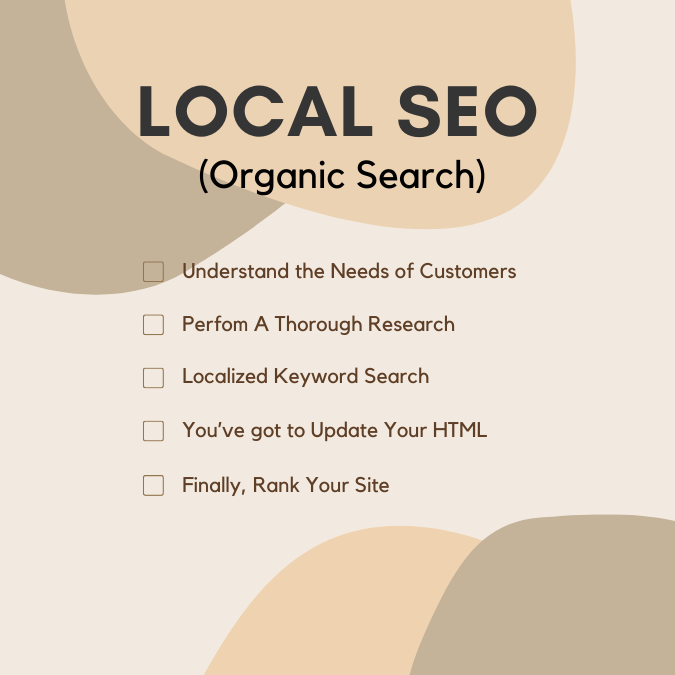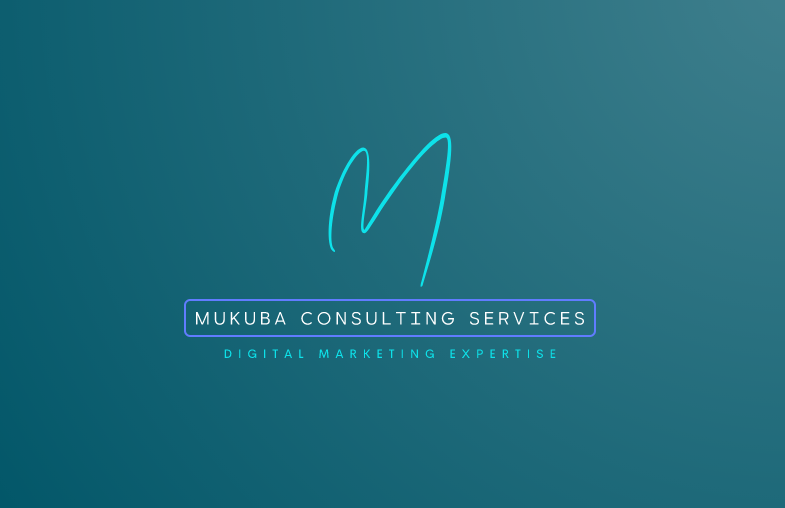The architecture industry is evolving rapidly alongside advancements in technology. Architects today have an opportunity to embrace digital tools and strategies to improve their practice.
Developing a thoughtful digital strategy can help architecture firms meet client demands, streamline workflows, and position themselves as innovative leaders.
This article outlines key components of a digital strategy for architects.
Website Design

An architecture firm’s website is the cornerstone of its digital presence and a critical client acquisition tool. Invest in a well-designed, user-friendly website that reflects your brand and capabilities. Ensure that your website:
- Showcases your best projects through beautiful photos, videos, project details, and client testimonials. Allow visitors to easily navigate projects by building type (commercial, residential, civic, etc.), location, or other filters.
- Clearly communicates your services and expertise through an About page, service overview pages, and team member bios. Help visitors understand your firm’s specialties, values, unique approach, and why you stand out.
- Provides easy contact options with contact forms, phone numbers, and location. Many clients expect to be able to email directly from the site.
- Is optimized for keywords that potential clients search when looking for architects in your region and specialty. Keyword optimization includes headings, body text, alt text, metadata, and URL structure.
- Has fast load times with compressed image files and efficient code. Optimize for mobile and tablets with responsive design. Ensure a quick, smooth experience on all devices.
- Allows browsing project case studies, searching services, and contacting you in as few clicks as possible. Remove anything that slows the user journey.
- Provides directions and parking info if clients will visit your office. This small detail makes an impression.
- Uses original content – avoid blocks of generic text from web templates. Write custom descriptions using your firm’s voice.
- Keep branding and messaging consistent with your other marketing materials. Showcase what makes your firm special.
- Is regularly updated with new work, events, awards, and personnel changes. Fresh, dynamic content boosts SEO.
Take time to thoughtfully plan site architecture, optimize user experience, and develop compelling content. Your website is often the first impression – ensure it captures clients’ attention.
Search Engine Optimization (SEO)

Architects rely heavily on search engine results to connect with prospective clients researching firms online. Employing SEO best practices ensures your website appears prominently in searches for relevant keywords. Essential SEO tactics include:
- Conduct keyword research using tools like Google Keyword Planner to identify terms and phrases potential clients use when searching for architectural services. Optimize website content around these keywords.
- Craft SEO-friendly page titles, headings, URLs, alt text, and body content. These should include keywords where possible while remaining readable.
- Update site architecture and URLs to use hyphenated descriptive names like “firm-name.com/project-type/project-name”. Avoid generic URLs like “page1.html”.
- Create fresh, original content like blog posts to engage search engines. Avoid thin or duplicate content.
- Get backlinks from industry websites, directories, and architecture databases to signal authority and expertise. Aim for contextual backlinks from trusted sites.
- Optimize page speed through image compression, efficient code, and caching. Mobile-friendly responsive design is also important.
- Track your keyword rankings in Google Search Console. Monitor how you rank for target terms.
- Stay updated on algorithm changes and best practices. Adapt SEO efforts to avoid penalties.
- Consider paid search ads like Google Ads for added visibility for top search terms. Test cost-effectiveness.
With ongoing SEO, your firm can become discoverable online. Track conversions and leads generated to demonstrate ROI on SEO efforts.
3D Renderings and Animations
In today’s digital era, clients expect architects to present photorealistic renderings and animations to bring designs to life. Investing in high-quality visualizations can give your firm a competitive edge. Consider the following:
- Software – Evaluate 3D modeling and rendering programs like Revit, Rhino, Lumion, and Cinema 4D. Choose user-friendly tools appropriate to your technical capabilities.
- Hardware – Rendering software relies heavily on computing power. Invest in computers with modern GPUs, plenty of RAM, and fast processors.
- Staff skills – Hire design visualization specialists or train existing staff on new software. Many firms now employ dedicated 3D artists and animators.
- Rendering styles – Develop a portfolio of still renderings and animated fly-through in different artistic styles. Mix photorealism with more interpretive or conceptual looks.
- Early design visualization – Clients appreciate seeing renderings of initial concepts rather than just floorplans. This brings their vision to life.
- Interactive walkthroughs – Enable clients to virtually navigate 3D spaces on their own timeline for an immersive experience.
- Virtual Reality (VR) – Specialized VR software and hardware allow clients to digitally inhabit renderings using a headset – the ultimate visualization.
- Augmented Reality (AR) – Using a smartphone or tablet to overlay renderings onto real environment footage merges virtual with reality.
- 3D model sharing – Provide clients with digital 3D models for use in their own presentations and materials.
With skillful renderings and animations, you can impress clients and demonstrate your firm’s leading-edge technical capabilities.
Virtual Reality (VR) and Augmented Reality (AR)

- Virtual reality (VR) involves using a headset to enter a fully immersive digital environment. Architects can create VR experiences to allow clients to digitally walk through photorealistic renderings of designs. This creates an unparalleled sense of presence and scale.
- Augmented reality (AR) overlays virtual elements like 3D models onto views of the real physical environment via smartphones or tablets. Architects can enable clients to use mobile AR to visualize buildings in context on-site.
- Software and hardware – Creating VR and AR experiences requires game development platforms like Unity or Unreal Engine, along with VR headsets such as HTC Vive and Oculus Rift. AR relies on mobile devices and apps.
- Use for design reviews – Clients can point out issues and ideas from within the design rather than relying on abstract plans. VR also aids collaboration between project teams.
- Preconstruction testing – Evaluate lighting, acoustics, spatial adjacencies, and sightlines using VR before physical construction.
- Client presentations – Wowing clients with VR or AR visualization leaves a strong impression and validates your firm’s technical expertise.
- Staff training – Develop in-house VR/AR skills through hires, training, and experiments. Start small with pilot projects.
While still maturing technologies, VR and AR present huge opportunities for client engagement and design iteration. Pioneering firms can gain an advantage by exploring early adoption.
Digital Collaboration Tools
Technology enables seamless real-time collaboration for architecture project teams spanning multiple companies and locations. Consider adopting tools like:
- Cloud-based project management platforms such as Asana, Basecamp, or Trello to assign tasks, set timelines, track progress, and get an overview of project status. These centralize workflows.
- Design/model collaboration software like Autodesk BIM 360, Revit Cloud, or RhinoCloud allows multi-user access for reviews and coordination. Comments are documented and version control limits errors.
- Video conferencing apps like Zoom, Skype, or GoToMeeting facilitate instant meetings for design reviews, presentations, and site visits. Some platforms allow screen sharing and virtual whiteboards.
- Secure file-sharing platforms such as Dropbox or Box give centralized access to reference materials like images, PDFs, spreadsheets, and other project documents.
- Client portals using services like Hightail or Citrix ShareFile lets you safely share documents and communicate with clients. Portals organize project assets and discussions.
- Messaging apps such as Slack offer streamlined chat channels for quick questions and updates within the project team.
- Remote desktop tools like Splashtop allow team members to access work computers from home for seamless productivity.
Setup and training is required, but digital tools can save enormous time and frustration while providing transparency into work status. Clients appreciate technology facilitating real-time collaboration and oversight.
Emerging Technologies

Cutting-edge technologies present new opportunities as they continue maturing. Architects should stay aware of innovations on the horizon:
- Parametric and generative design – Algorithmic processes inform architectural geometry and optimize forms and structures. This facilitates mass customization and complexity.
- 3D printing and CNC fabrication – Additive manufacturing and computer-controlled fabrication enable new construction techniques, materials, and ornamental textures.
- Drones – Unmanned aerial vehicles allow rapid site surveying, safety inspections, point cloud generation, and aerial photography/videography.
- Photogrammetry – Generates measurable 3D environment models from overlapping photography using specialized software. Can document as-built conditions.
- LiDAR scanning – Laser scanning rapidly captures highly detailed 3D data about building sites and contexts for digital use.
- VR/AR BIM integration – The design/build process will become more immersive with virtual and augmented reality blended into BIM models.
- Smart buildings – Sensor networks, building automation, and the Internet of Things create responsive, data-rich building environments.
- Artificial intelligence – AI is beginning to tackle tasks like design option generation, code compliance checking, and project management.
Experimenting with emerging tools, even on a small scale, keeps your firm at the forefront. Offer clients a taste of the art of the possible while educating them about the technology landscape.
Digital Marketing and Outreach
Beyond your owned website and social channels, architects should leverage a diverse mix of digital marketing tactics for visibility:
- Email newsletters to share firm updates, feature projects, and nurture leads. Segment lists to deliver targeted content.
- Search engine marketing through Google/Bing ads campaigns targeted to relevant keywords and location. Test cost-effectiveness.
- Retargeting ads reach those who already visited your website to drive conversions.
- Social media advertising on platforms like Facebook and Instagram targets demographics like homeowners looking to renovate.
- PR outreach to architectural blogs, publications, and related websites to gain backlinks and coverage. Pitch unique firm perspectives and data.
- Guest posts and contributed articles for industry websites and regional news outlets build credibility.
- Speaking engagements at in-person and virtual events expand influence. Promote on social media channels.
- Podcast interviews humanize your firm and showcase expertise to niches.
- Video marketing through explainer and case study videos engages visitors. Post on site and social media.
- Reviews on directories/rating sites like Yelp and Houzz encourage clicks and search visibility.
Proactively publishing and promoting content shows thought leadership. Multi-channel digital marketing reinforces brand message and generates qualified leads over time.
Staff Development

A strong digital strategy relies on knowledgeable, skilled staff. Make learning and development a priority:
- Conduct internal training sessions led by team members proficient in specific technologies to share knowledge. Refreshers on existing tools also help.
- Bring in external experts for lectures, workshops, or over-the-shoulder training on new software, equipment, and techniques.
- Support conference and course attendance for targeted professional development around emerging tools.
- Provide access to online learning platforms like LinkedIn Learning which offer self-paced courses in a broad range of digital skills.
- Set expectations for ongoing education and include learning objectives in performance reviews. Reward growth.
- Allow experimentation time for employees to test and learn new software on prototyping projects. Accept some failure as part of growth.
- Recognize those expanding capabilities and help them share their knowledge. Internal experts are invaluable resources.
- Hire candidates with existing knowledge around high-demand emerging skills that are harder to develop in-house.
- Bring in interns already familiar with cutting-edge tools from academic programs. Let them implement what they know.
Learning agility creates adaptable, creative teams ready to lead with technology. Make professional development a cultural priority.
Data Analytics

Incorporating data analytics into architectural operations allows firms to work smarter. Possible approaches include:
- Tracking website analytics using Google Analytics to monitor traffic volume, sources, keyword performance, and conversion rates. Analyze visitor behavior.
- Monitoring sales metrics such as lead quality, proposal-to-win rates, sales cycle length, and pipeline health. Identify bottlenecks.
- Gathering project data on budgets, changes, delays, and profitability. Assess pricing and accuracy in planning.
- Analyzing client profiles including demographics, needs, and lifetime value. Adjust targeting and messaging.
- Surveying clients about satisfaction, preferences, and brand perception. Become more client-centric.
- Examining staff utilization to inform hiring, utilization, and workflows between groups. Balance workloads.
- Measuring marketing efforts like digital ad performance, event ROI, and campaign traffic. Double down on what works.
Regular reporting provides insights to refine strategies and operations. Share key metrics with leadership to identify resourcing needs. Make data-informed decisions to work more efficiently.
Ongoing Evolution
Given the pace of technological change, digital strategies require continuous effort to refine and improve:
- Regular strategy reviews – Set reminders to thoroughly re-evaluate digital initiatives at least annually. What’s working well? What needs adjustment?
- Seek staff feedback – Those using your digital tools and processes daily can share where friction points exist and improvements may help.
- Survey clients – Ask for input on their experience with your website, collaboration tools, data security, and other tech integration. Address pain points.
- Attend tech conferences – Stay updated on innovations and paradigm shifts. Bring findings back to the team.
- Visit competitor websites – Research what peer firms are rolling out – get inspired by features you may be lacking.
- Test new software diligently – Thoroughly pilot new tools with small groups before firmwide deployment. Fix issues first.
- Phase out aging systems – When shifting away from outdated or inefficient tech, manage user transition thoughtfully.
- Accept some failure – Not every new technology will work out as hoped. Be ready to nimbly change course.
- Plan for scale – Anticipate how systems will perform as firm grows. Set foundation for the future.
With iterative, responsive improvement to digital strategy, architecture firms can stay lean, competitive, and highly functioning.




[…] this article, we will outline a number of effective digital marketing strategies aimed at enhancing brand exposure, increasing awareness regarding the offerings, and eventually […]